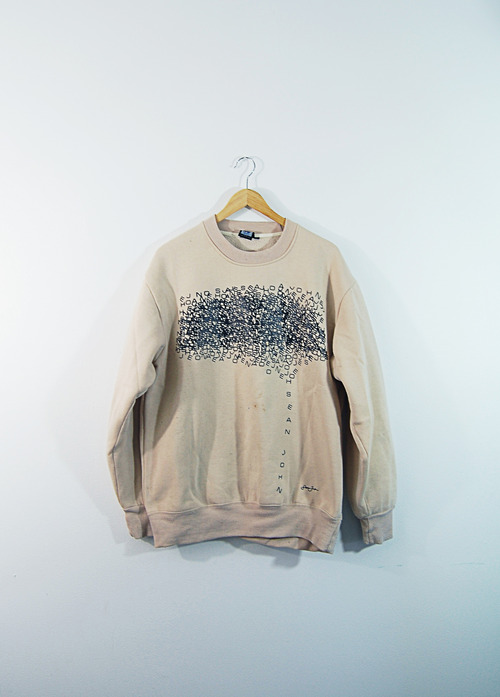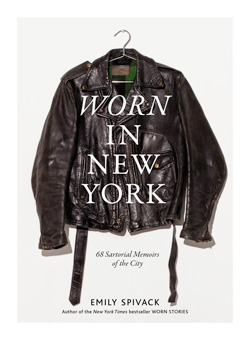
Alex G. Brown
$10 grab bag sales. That’s what my favourite used clothing boutique had become known for in my first year of university. Walk in, take a bag, and whatever you could fit in it was yours for $10. Naturally, I had become accustomed to raiding the place. That gold, glittery leather pencil skirt? I’ll take it.
So when the store owner told me it would be $25 and a two-week wait until I could get my hands on an XL men’s Sean John sweatshirt in the shop’s window display, my friends didn’t entirely understand why I had become so enamoured with the long-since-relevant relic of pop culture. It was 2008; no one cared about the rebirth of Sean “Diddy” Combs’ rap dynasty via his late-90s clothing line, Sean John. Truthfully, neither did I—I just liked the design: jumbled up letters forming an incoherent cloud with the name “Sean John” trickling out the bottom. It was mine to love and, apparently, only loveable in my opinion.
It clearly wasn’t made for me, though. We were an odd pair. Its gaping proportions and urban influences had nothing in common with my middle-class, white girl lifestyle. I can show you embarrassing photos of the times I tried to belt Sean John or wear Sean John with flats and skinny jeans. We eventually came to an understanding: Sean John was meant for the comfort of my home, or packed for cottage trips and camping excursions.
The confusion my Sean John sweater has spawned is likely the reason I hold onto it. When I came home to friends who mostly laughed at it; how it became attached to the goofy peculiarities of my personality. That I have since not been able to find any documentation of the collection it was once a part of, or any subsequent photos of it online, I sometimes like to think that I’m the only one who knows it exists. Maybe, no one out there cares. It’s just a sweater. But to me, it’s a little extension of myself: a misunderstood girl in a really big sweater with no history.


Leave a Reply